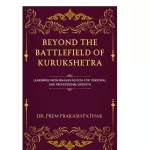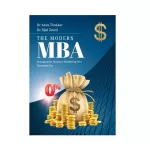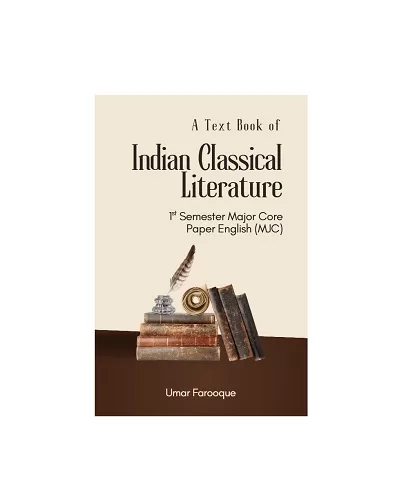Description
Indian Classical Literature forms the cornerstone of the subcontinent’s vast and vibrant literary tradition. It is a rich tapestry of epics, dramas, poetry, and philosophical discourse, reflecting the ethos, values, and aesthetics of ancient Indian society. This textbook, A Text Book of Indian Classical Literature, has been meticulously designed to introduce students and readers to some of the most iconic and enduring works of this profound heritage.
The selection of texts in this volume highlights the breadth and depth of classical Indian thought and imagination. Kalidasa’s Abhijnanasakuntalam represents the zenith of Sanskrit drama, weaving delicate human emotions with themes of love, destiny, and divine intervention. Its lyrical elegance and emotional resonance continue to captivate audiences, affirming Kalidasa’s place as one of the greatest poets and dramatists in Indian history.
The Dicing Scene from the Mahabharata—a moment of intense drama and moral crisis—offers a gripping exploration of dharma, pride, fate, and familial discord. This passage not only propels the epic narrative toward the great war of Kurukshetra but also raises questions that remain relevant in ethical and philosophical discussions even today.
The Mrichchhakatika (The Little Clay Cart) by Shudraka is a unique and progressive voice in ancient Indian drama. Unlike the courtly elegance of Kalidasa, Shudraka presents a vivid social landscape populated by courtesans, thieves, merchants, and politicians. It is a work remarkable for its realism, emotional intensity, and sense of justice, revealing the diversity of ancient Indian society and its literature.
The Bal Kand (Book of Childhood) of the Ramayana introduces us to the divine birth and early life of Lord Rama. Composed by Sage Valmiki, this section sets the tone for one of the most revered epics of India, encapsulating the ideals of virtue, heroism, and cosmic duty. Its poetic beauty and spiritual significance continue to inspire generation.






Reviews
There are no reviews yet.